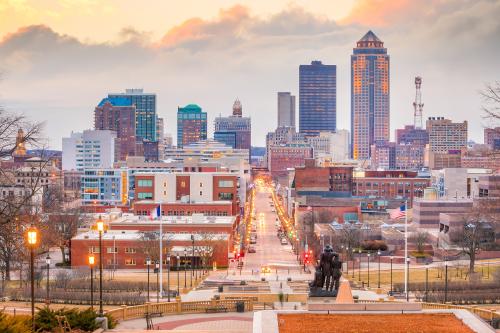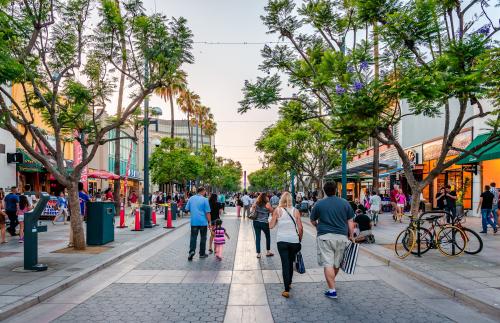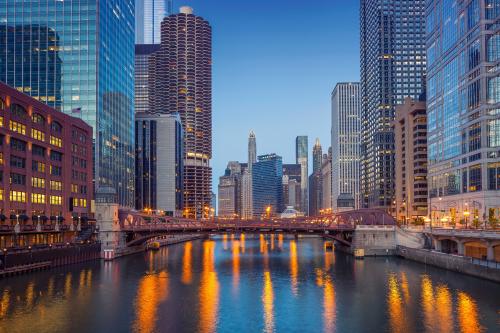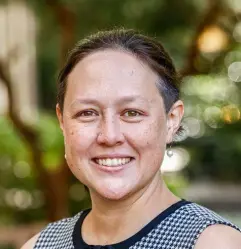This analysis is part of the American Rescue Plan: Strategies for Local Leaders series, a feature of the COVID-19 Metro Recovery Watch.
Much like in the aftermath of the Great Recession, the pandemic is prompting well-capitalized individuals and institutions to buy real estate in communities where land values are likely to rise—what some are referring to as the “post-COVID-19 land grab.” Many of the buyers are large real estate investment firms from outside the community or even the country, such as private equity group Blackstone, which recently acquired 5,800 low-cost apartments in San Diego.
Meanwhile, beleaguered working families that live in or near these areas are being left behind from this historic transfer of ownership and opportunity for wealth-building. But with substantial federal dollars flowing to local governments via the American Rescue Plan (ARP), local leaders have an opportunity to address some of the structural issues that have been laid bare over the past year, and help their residents “buy back the block.”
The multiple disparate impacts of the COVID-19 pandemic—including higher fatality rates for Black and brown people and steeper employment losses among lower-income workers—have underlined the vulnerability of life in the United States for particular people and places. The American Rescue Plan was created, in part, to bring transformative stability to this precarity. Indeed, the Treasury Department’s interim guidance on the plan’s Coronavirus State and Local Fiscal Recovery Funds states that the goal of the funds is to mitigate the pandemic’s “longer-term impact in compounding the systemic public health and economic challenges of disproportionately impacted populations,” and encourages uses “that foster a strong, inclusive, and equitable recovery, especially uses with long-term benefits for health and economic outcomes.”
In other words, it’s time to change the game so that the same players don’t always win or lose.
There is a growing awareness in many cities around the country that expanding or reclaiming real estate ownership is a compelling tool to transition from relief to a just recovery. Enterprising community leaders are forming land trusts and locally managed neighborhood investment funds that allow residents—together with other private, public, and nonprofit sector investors—to purchase, hold, and develop or redevelop land or buildings in their communities. These accessible models are designed to allow small-dollar investors to aggregate their resources for collective buying power—becoming fractional owners or financial beneficiaries, and sometimes even steering the trajectory of local development. These funds take various legal forms: cooperatives, community development corporations, land trusts, corporate entities that sell shares, or trust structures set up principally as investment vehicles.
But in a competitive land market, property can change hands quickly; only those with capital stand a chance of securing ownership. The process of organizing small-dollar resident investors or owners, on the other hand, must be advanced patiently through community-based organizations that have earned local trust and have the capacity to organize, educate, and mobilize.
In the short term, officials should consider using ARP’s highly flexible state and local aid funds to acquire property in transitional neighborhoods before outside firms block out residents. This should follow a two-step process: a rapid acquisition of property so that it can be “banked,” followed by a methodical process of engaging local investors or community owners. The goal here is not to publicly hold land or building assets in the long term, as that will not close the racial wealth gap. Rather, this intermediate step resets the clock on land speculation, creating space for strategic organizing, planning, and capacity-building.
For example, in Minneapolis, LISC Twin Cities launched the Community Asset Transition Fund to temporarily acquire land around culturally significant commercial corridors before transferring ownership to cooperatives and resident groups. LISC has already secured $30 million for the fund, which it hopes will enable local communities to buy back land owned by speculative interests, repair the damage from civil unrest, and retain local ownership of entire districts. The idea has taken root because of the region’s long history with cooperative ownership and neighborhood self-determination efforts, as well as pandemic-related discussions among private foundations, social investors, and other civic actors. It’s part of the push for “more inclusion, engagement and ownership by people of color, not only to repair what was damaged, but also to help generate new prosperity and wealth for members of the community,” LISC Twin Cities Executive Director Peter McLaughlin told Impact Alpha.
Although Minneapolis may have been an epicenter for 2020’s year of racial reckoning, it is not unique. Parallel movements for more racially inclusive property ownership have unfolded across the country, in both urban and rural areas.
The interim Treasury Department guidance on state and local ARP funds maximizes spending flexibility when dollars are targeted through a place-based approach to qualified census tracts. The guidance further identifies “Building Stronger Communities through Investments in Housing and Neighborhoods” as a priority, and specifies affordable housing development as an eligible use. As the Treasury Department develops additional ARP guidance, it would be particularly helpful to explicitly clarify that the acquisition of existing property is eligible and which types of property acquisitions (e.g., rentals, hotels, commercial real estate) are eligible.
As with any spending, ARP dollars can either reinforce familiar ways of local problem-solving, flowing along established channels to more of the same solutions, or they can irrigate new ground. By helping residents “buy back the block,” cities have a simple but transformative opportunity to galvanize and support new cross-sector arrangements and coalitions with structures for deep resident engagement, ensuring that resources land in ways that will make a real long-term difference for communities harmed by COVID-19, racism, and poverty.









Commentary
Helping residents ‘buy back the block’ with American Rescue Plan funds
May 25, 2021